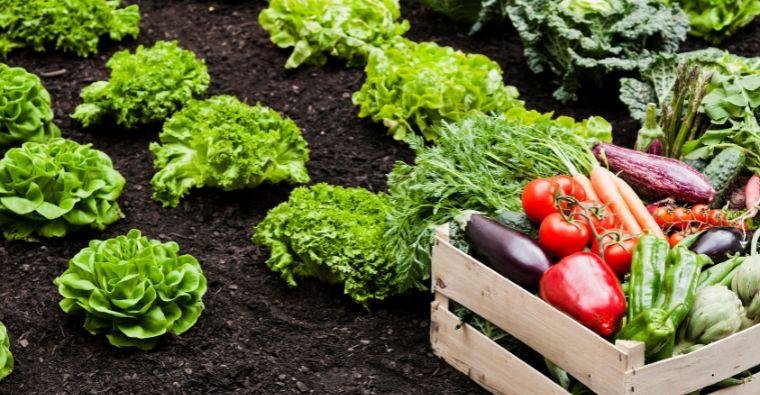What You’ll Need
For Sauerkraut:
1 medium green cabbage (about 3-4 pounds)
1-3 tablespoons sea salt (to taste)
Optional: caraway seeds or other spices for flavor
For Kimchi:
1 medium napa cabbage
1 cup water
3 tablespoons sea salt
1 tablespoon sugar
2 tablespoons fish sauce (or vegan alternative)
1 tablespoon grated ginger
4-5 cloves garlic, minced
1-5 tablespoons Korean red pepper flakes (gochugaru) for spice
Optional: green onions, carrots, or radishes for added texture
The Fermentation Process
Making Sauerkraut:
Prepare the Cabbage:
Remove the outer leaves of the cabbage and rinse it well.
Cut the cabbage into quarters, remove the core, and slice it thinly.
Mix with Salt:
In a large bowl, combine the sliced cabbage and salt.
Massage the cabbage for about 5-10 minutes until it releases its juices. This is crucial as the brine helps with fermentation.
Pack into Jars:
Transfer the cabbage mixture into a clean, quart-sized jar. Press it down firmly so that the brine covers the cabbage completely.
Leave about an inch of space at the top of the jar.
Fermentation:
Seal the jar with a lid (or cover with a cloth) and let it sit at room temperature (around 65-75°F) for 1-4 weeks.
Check the sauerkraut daily, pressing it down if necessary to keep it submerged in the brine.
Taste and Store:
After a week, taste the sauerkraut. Once it reaches your desired tanginess, transfer it to the fridge.
Sauerkraut can be stored in the fridge for several months.
Making Kimchi:
Prepare the Cabbage:
Cut the napa cabbage into quarters, remove the core, and chop it into bite-sized pieces.
Dissolve the salt in water and soak the cabbage in it for about 1-2 hours. Rinse and drain.
Make the Kimchi Paste:
In a bowl, combine the sugar, fish sauce, ginger, garlic, and gochugaru to form a thick paste. Adjust the spice level to your liking.
Mix with Vegetables:
In a large bowl, combine the drained cabbage with the kimchi paste. Add in chopped green onions, carrots, or radishes if desired. Use your hands (gloved) to thoroughly mix everything.
Pack into Jars:
Transfer the kimchi mixture into a clean jar, pressing it down firmly to remove air bubbles and ensure it's submerged in its brine.
Fermentation:
Seal the jar and leave it at room temperature for 1-5 days, depending on how fermented you like it. Check daily and press it down if necessary.
Taste and Store:
Once fermented to your liking, transfer the kimchi to the fridge. It can be enjoyed immediately but develops even more flavor over time.
Tips for Successful Fermentation
Use Clean Equipment: Always use clean jars and utensils to prevent unwanted bacteria from spoiling your batch.
Temperature Control: Keep your ferments at a stable temperature; too hot or too cold can affect the fermentation process.
Taste Regularly: Fermentation is personal. Taste your creations regularly to find the flavor that suits you best.
Experiment: Feel free to experiment with different vegetables, spices, and fermentation times to create your unique flavor profiles.




